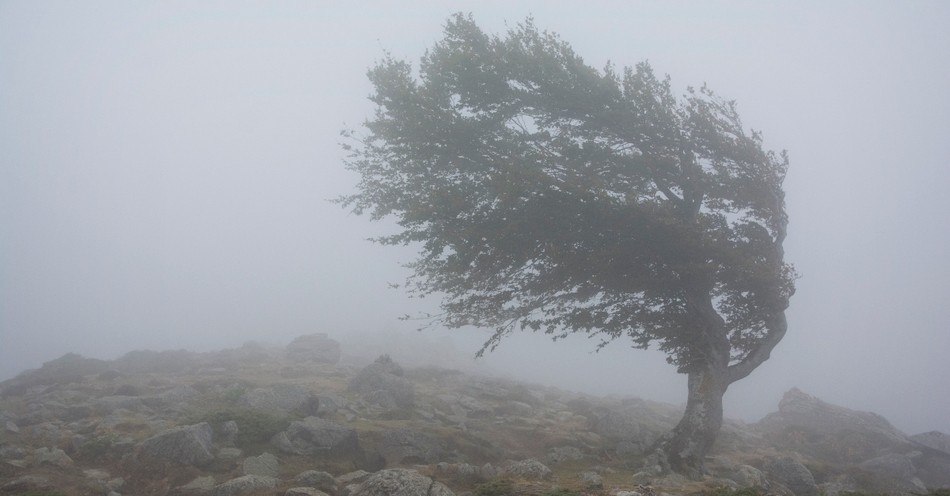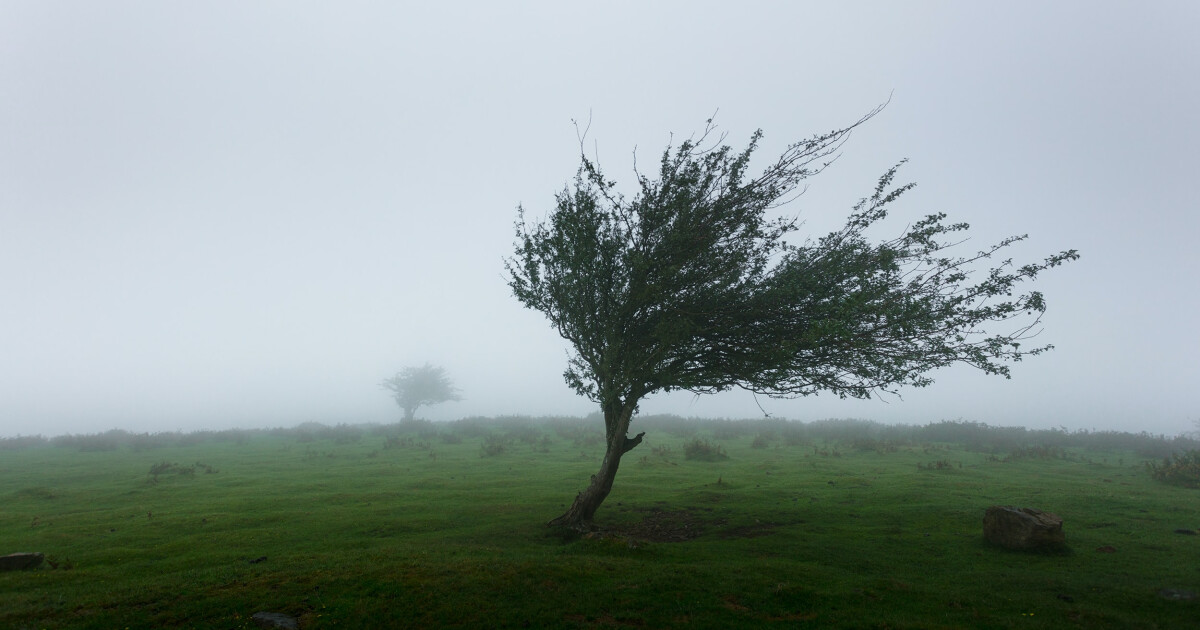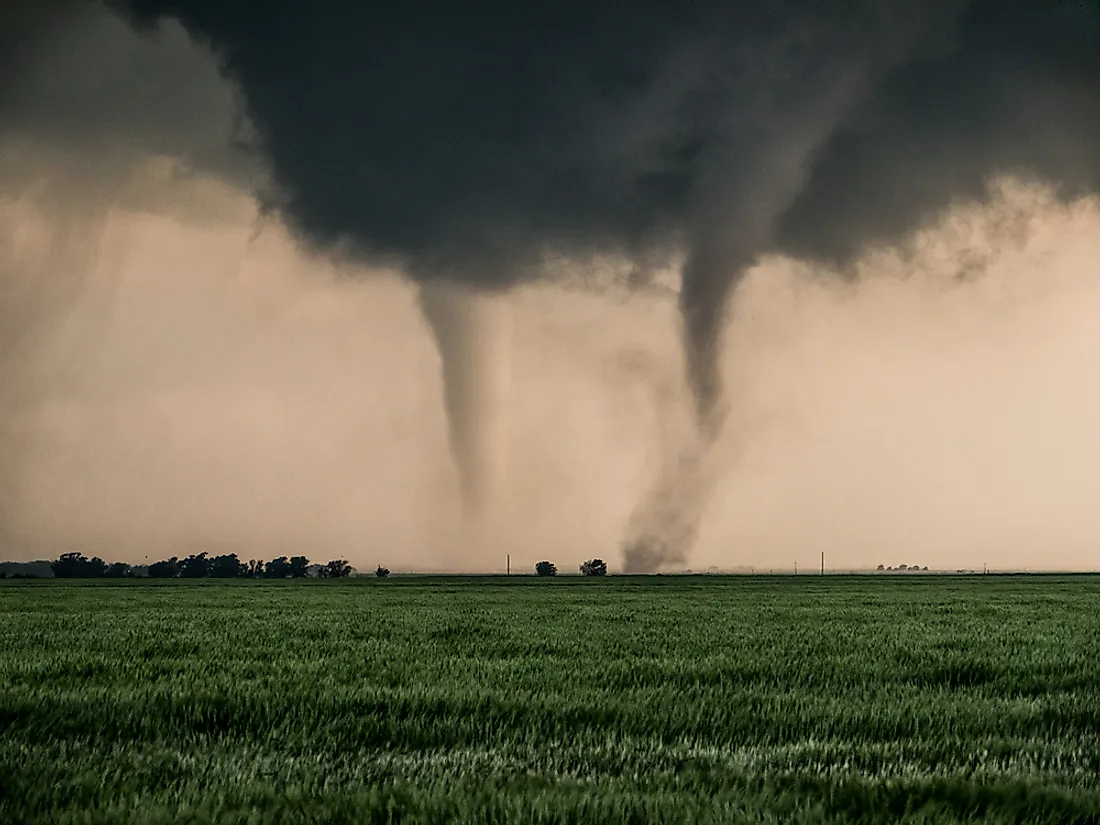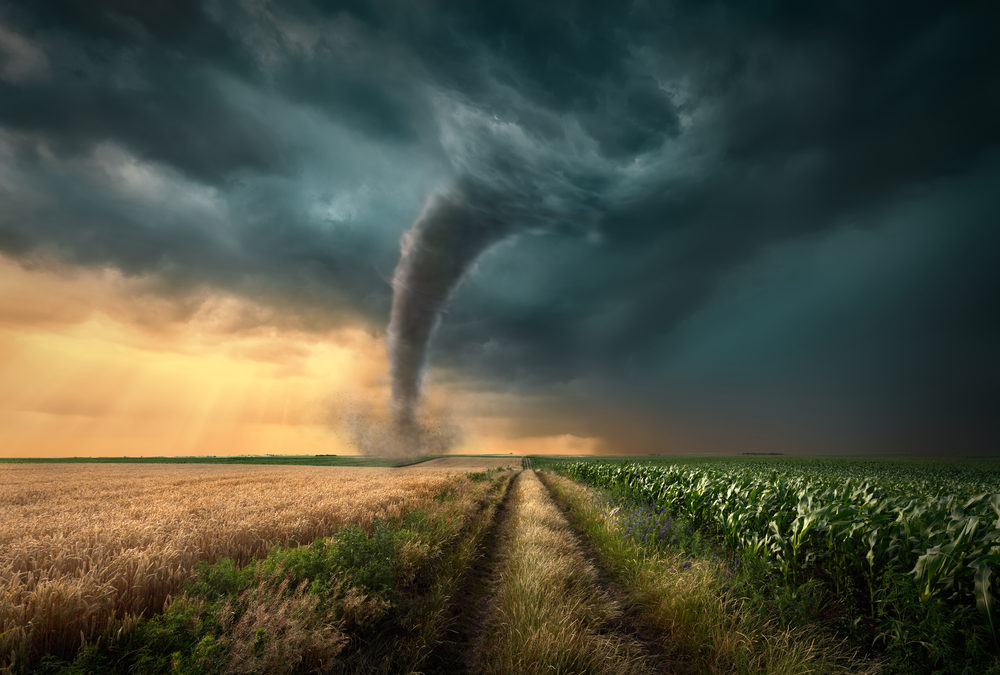Whirlwinds, often captivating and terrifying in equal measure, are among the most enigmatic and powerful natural phenomena. Known for their rapid, swirling winds and unpredictable paths, whirlwinds can range from small dust devils to massive tornadoes that wreak havoc over vast areas. This article delves into the science behind whirlwinds, their types, their impact on human life, and the awe they inspire in those who witness them.
The Science of Whirlwinds

At their core, whirlwinds are rotating columns of air that extend from the ground upward, driven by thermal and dynamic processes in the atmosphere. The formation of a whirl wind involves a complex interplay of temperature, pressure, and wind patterns. Typically, they occur when warm air near the ground rises rapidly through cooler air above, creating an updraft. As the rising air cools and descends, it begins to rotate due to the conservation of angular momentum, forming the characteristic spinning motion of a whirlwind.
Types of Whirlwinds
There are several types of whirlwinds, each with distinct characteristics and formation mechanisms. The most commonly known types include:
Dust Devils
Dust devils are small, short-lived whirlwinds that typically form on clear, hot days when the ground surface heats up rapidly. They usually appear as swirling columns of dust and debris, reaching heights of up to several hundred feet. While they are generally harmless, dust devils can cause minor damage and create hazardous conditions for drivers and pedestrians.
Tornadoes
Tornadoes are the most intense and destructive type of whirlwind. They form from severe thunderstorms, particularly supercells, and can produce wind speeds exceeding 300 miles per hour. Tornadoes are capable of causing widespread devastation, demolishing buildings, uprooting trees, and hurling debris over great distances. The Fujita scale, ranging from F0 to F5, is used to classify tornadoes based on the damage they cause.
Waterspouts
Waterspouts are similar to tornadoes but form over bodies of water. There are two main types: fair-weather waterspouts and tornadic waterspouts. Fair-weather waterspouts develop in non-severe weather conditions and are generally less destructive, while tornadic waterspouts are associated with severe thunderstorms and can pose significant threats to boats and coastal areas.
Fire Whirls
Fire whirls, or fire tornadoes, occur during wildfires when intense heat and turbulent air currents combine to create a spinning vortex of flame. These whirlwinds can exacerbate wildfire conditions by spreading flames rapidly and unpredictably, making firefighting efforts more challenging.
The Impact of Whirlwinds

The impact of whirlwinds on human life can be profound, particularly in the case of tornadoes and fire whirls. Tornadoes, with their immense destructive power, are responsible for numerous fatalities and injuries each year, as well as significant economic losses due to property damage. Communities in tornado-prone regions often have early warning systems, storm shelters, and disaster preparedness plans in place to mitigate the effects of these devastating storms.
Fire whirls, while less common, pose severe risks during wildfire events. They can cause fires to spread rapidly, endangering lives, property, and natural habitats. The unpredictable nature of fire whirls complicates firefighting strategies, often requiring aerial firefighting resources and large-scale evacuations.
Dust devils and waterspouts, while generally less destructive, can still pose dangers. Dust devils can cause traffic accidents and minor structural damage, while waterspouts can capsize boats and damage coastal infrastructure.
The Mystique of Whirlwinds
Whirlwinds have fascinated humans for centuries, inspiring myths, legends, and scientific inquiry. Ancient cultures often attributed whirlwinds to supernatural forces or deities, viewing them as omens or manifestations of divine wrath. In modern times, whirl winds continue to captivate scientists and storm chasers, who seek to understand and document these powerful phenomena.
The study of whirlwinds has advanced significantly with the development zeusslot of meteorological tools and technologies. Doppler radar, satellite imagery, and computer modeling have provided deeper insights into the formation, behavior, and prediction of whirlwinds. Storm chasers, equipped with advanced technology and a passion for understanding extreme weather, contribute valuable data that enhances our knowledge of these phenomena.
Whirlwinds in Popular Culture

The dramatic and often destructive nature of whirlwinds has made them a popular subject in literature, film, and art. Tornadoes, in particular, have been featured prominently in movies such as “The Wizard of Oz” and “Twister,” capturing the imagination of audiences with their awe-inspiring power. These representations, while sometimes exaggerated for dramatic effect, highlight the enduring fascination with the raw force of nature.
The Future of Whirlwind Research
As climate change continues to influence weather patterns, the study of whirl winds becomes increasingly important. Understanding how rising global temperatures and shifting atmospheric conditions affect the frequency and intensity of whirl winds is crucial for improving prediction models and developing effective mitigation strategies. Researchers are exploring the links between climate change and extreme weather events, seeking to anticipate and adapt to future challenges.
Conclusion
Whirlwind, in all their forms, represent the incredible power and complexity of nature. From the awe-inspiring sight of a towering tornado to the delicate dance of a dust devil, these phenomena remind us of the dynamic forces that shape our world. As we continue to study and understand whirl winds, we not only gain insights into their behavior but also learn to appreciate the delicate balance of the natural world.
The legacy of whirlwinds is one of both destruction and wonder. They challenge our resilience and inspire our curiosity, driving scientific advancements and capturing the imagination of people around the globe. As we move forward, the study of whirl winds will remain a vital field of inquiry, helping us to better predict, prepare for, and appreciate these remarkable manifestations of nature’s fury.
Read More Article About “Curry Puff Cooking Classes: Learn to Craft Delicious Pastries”
